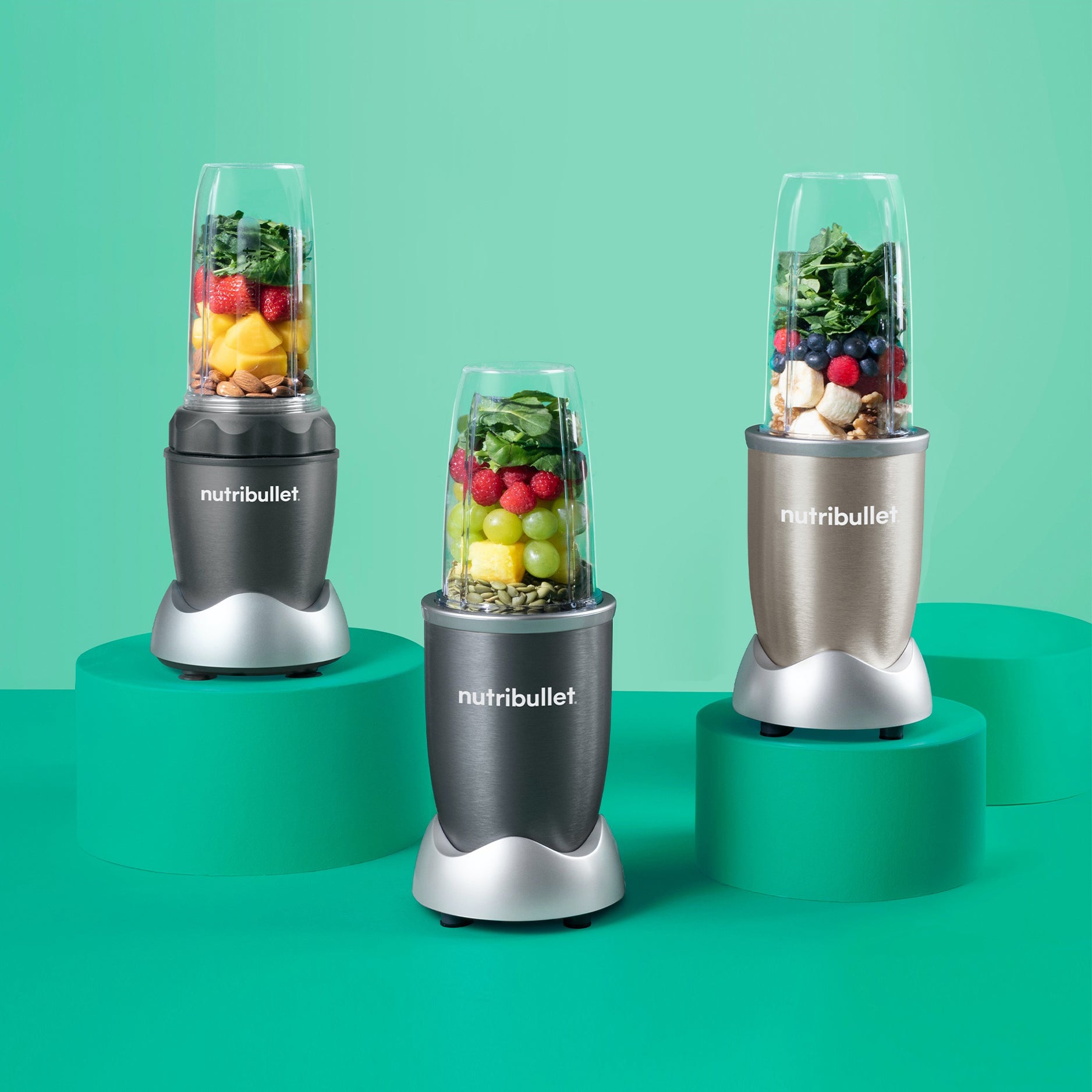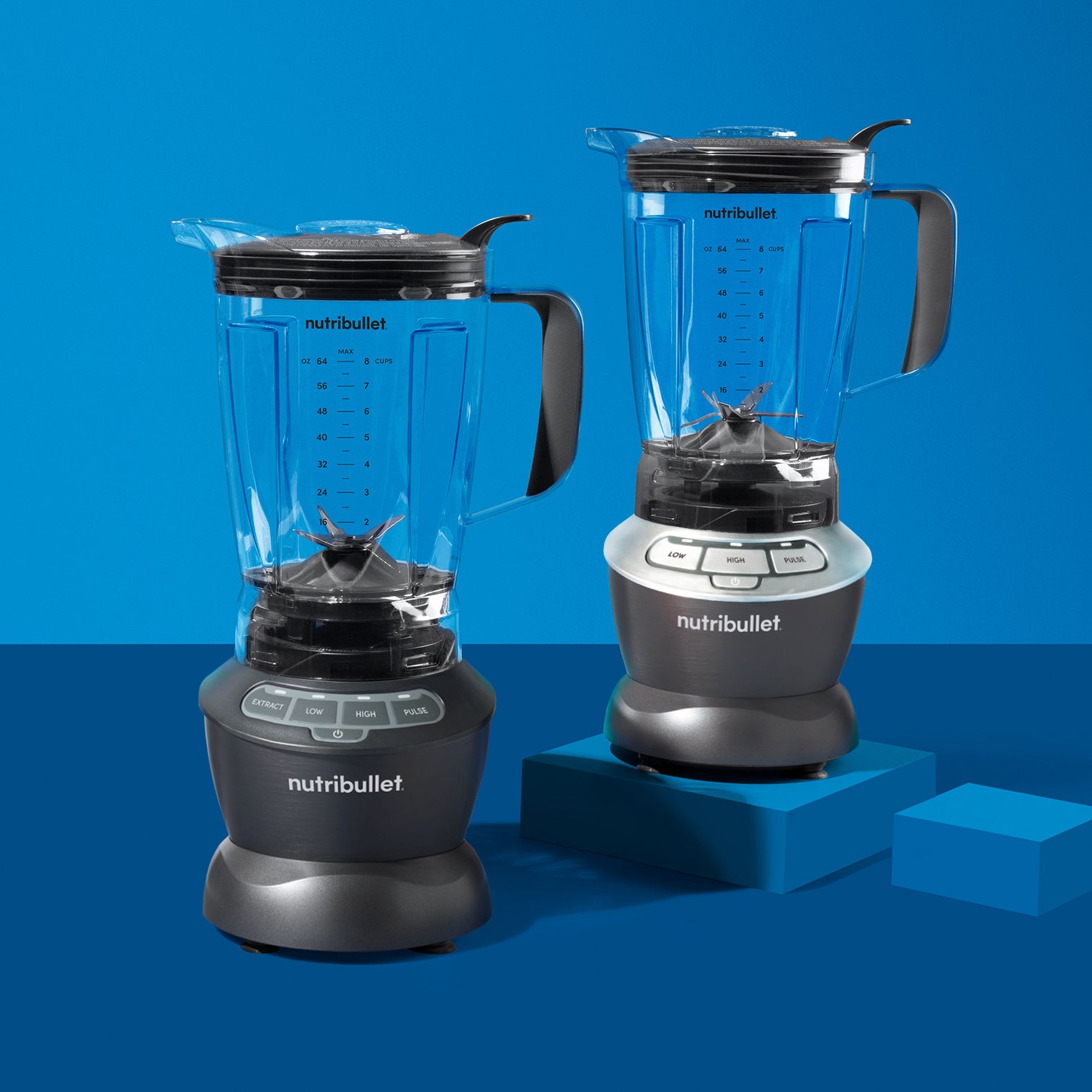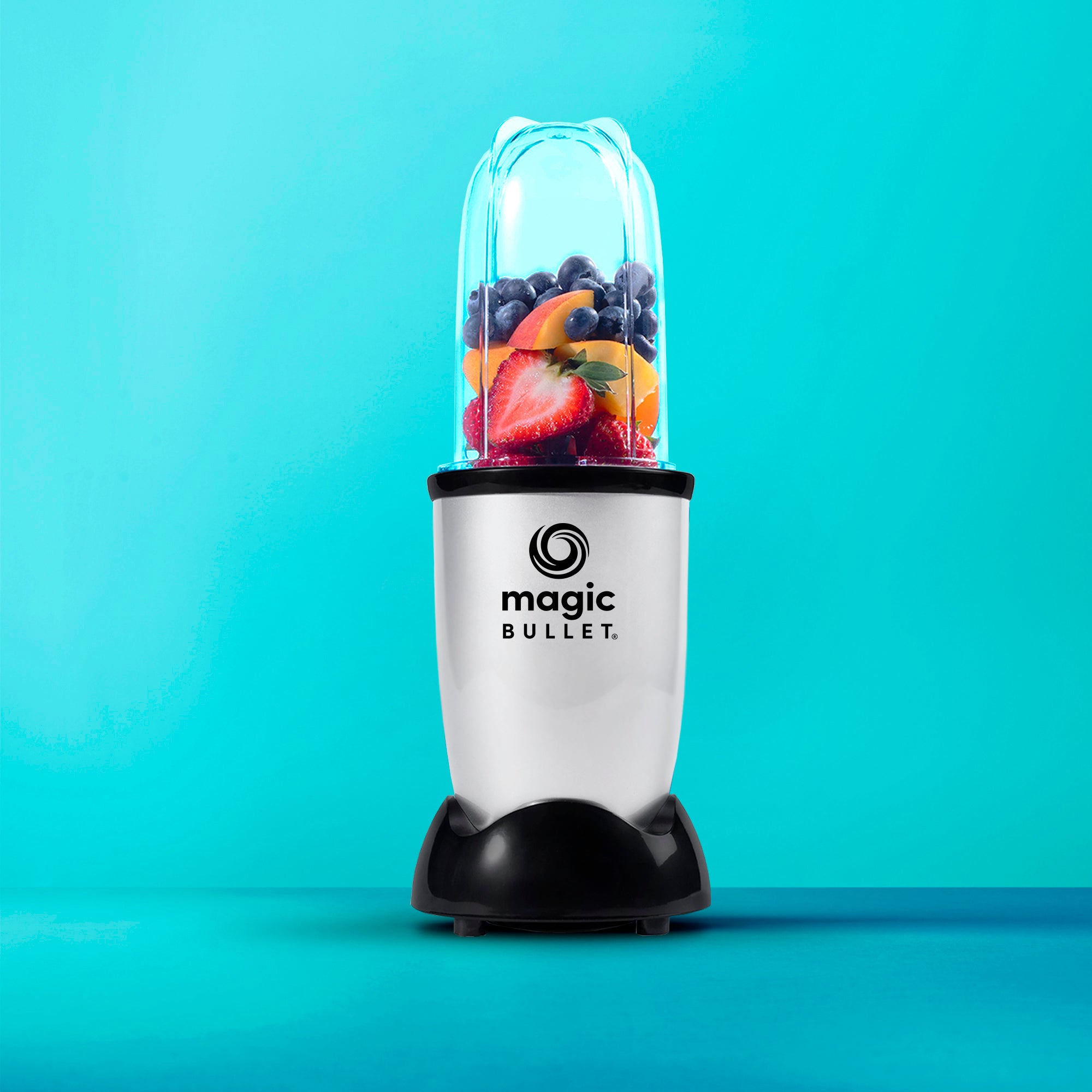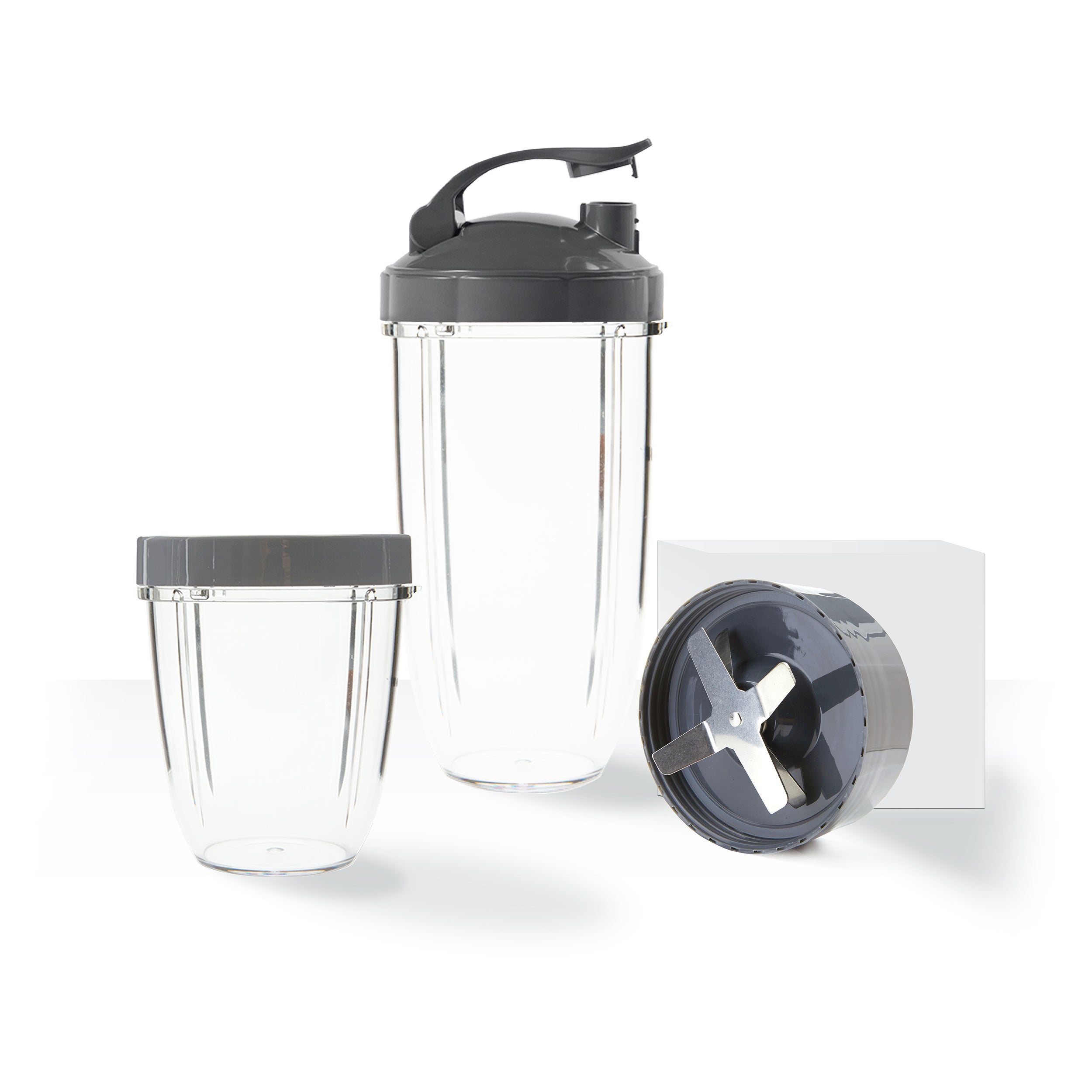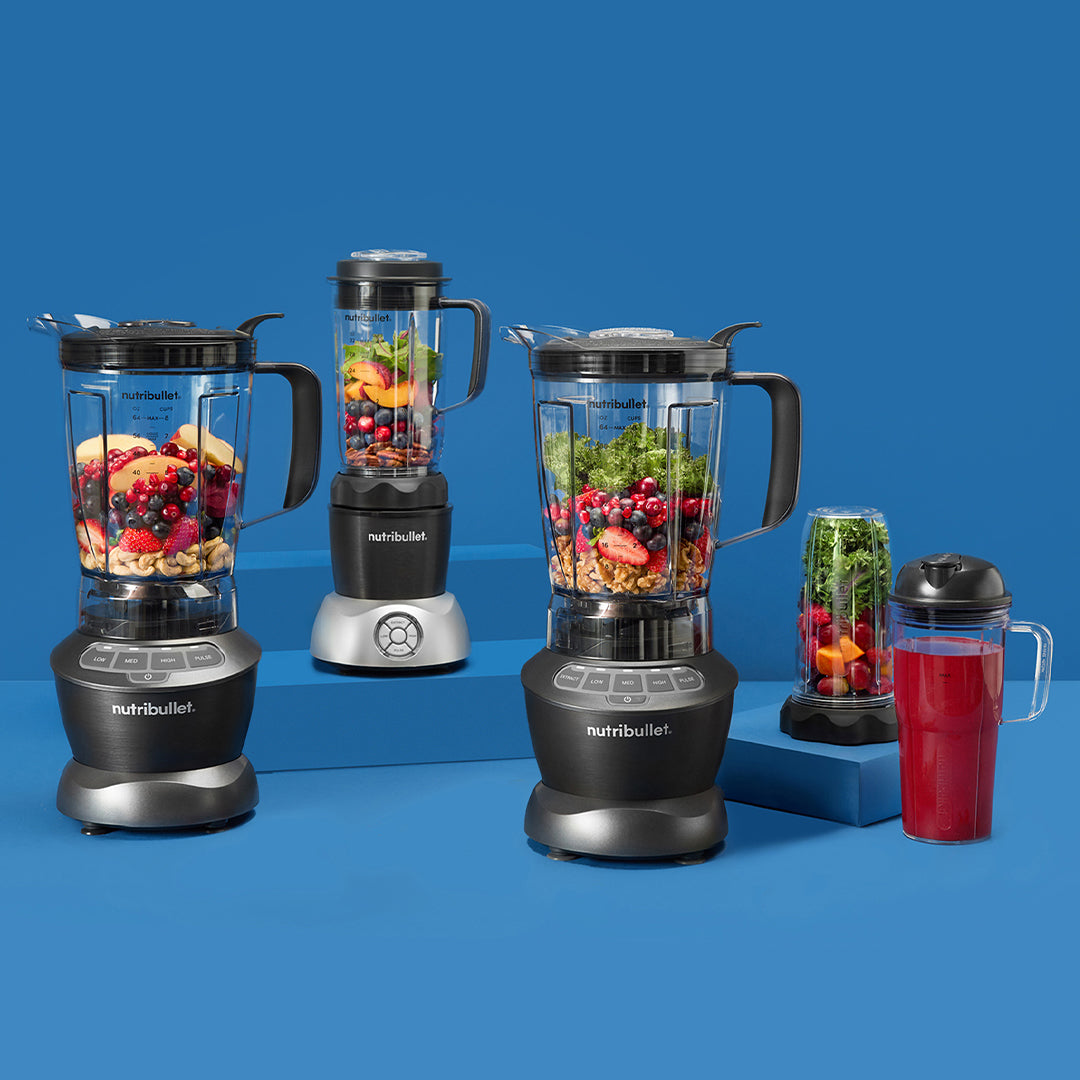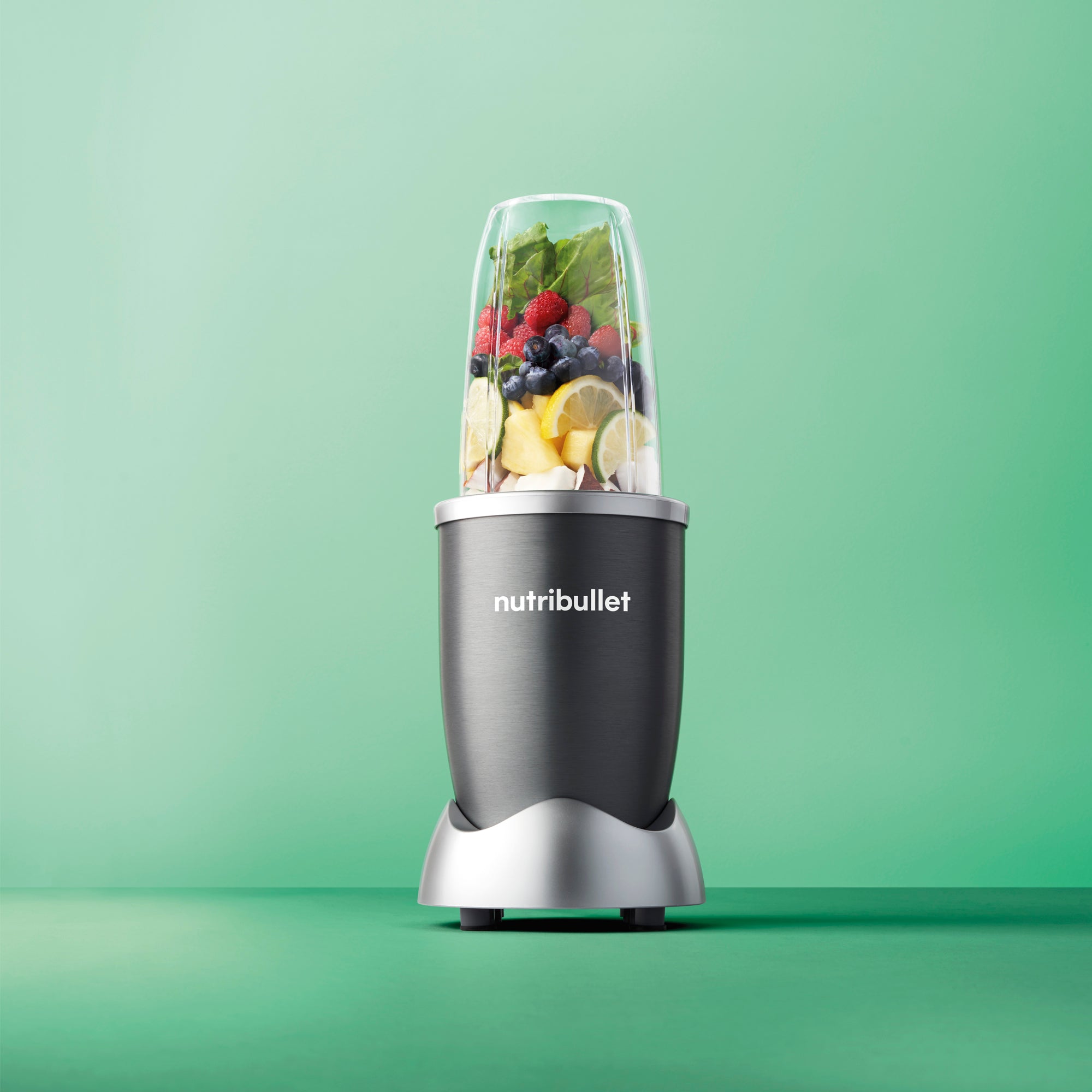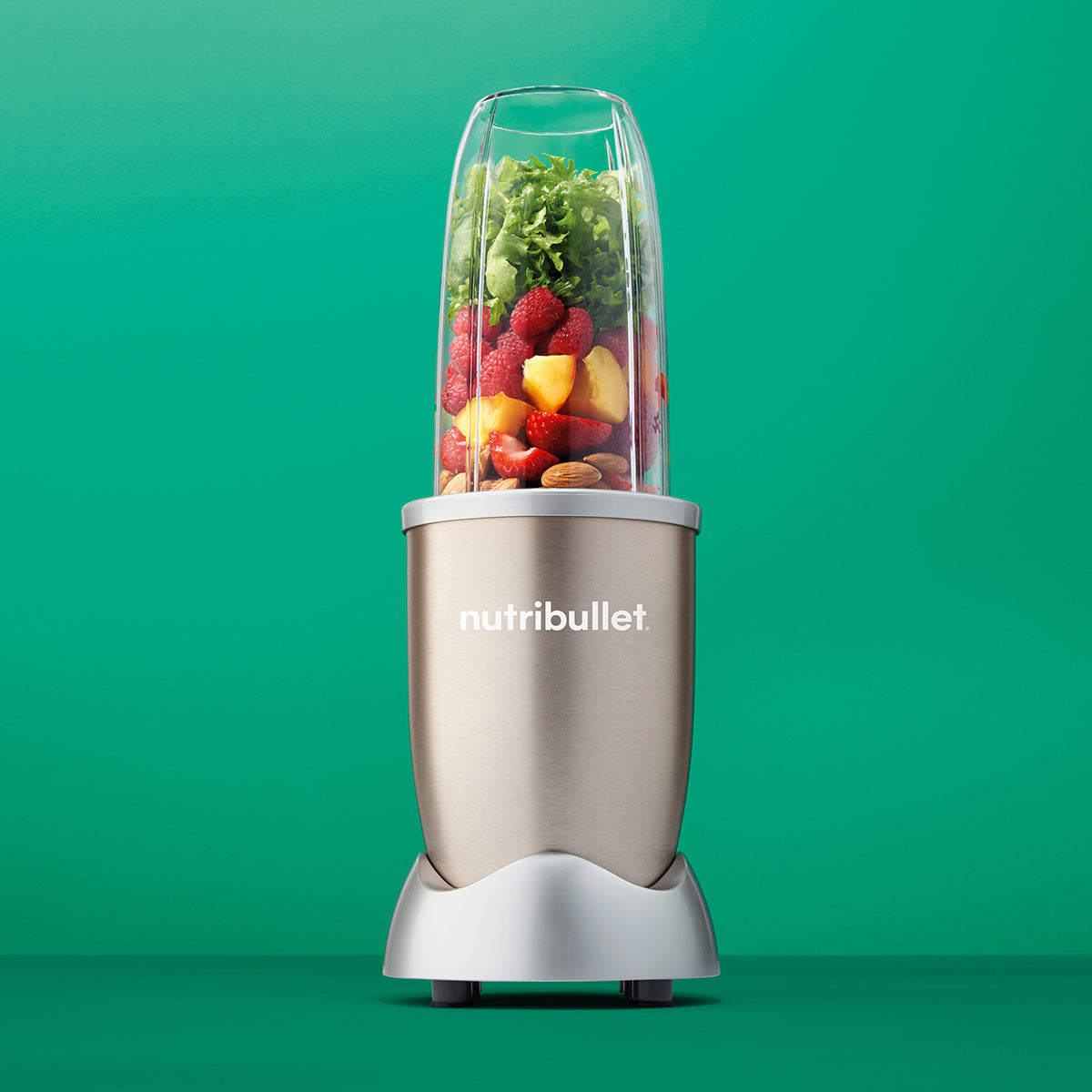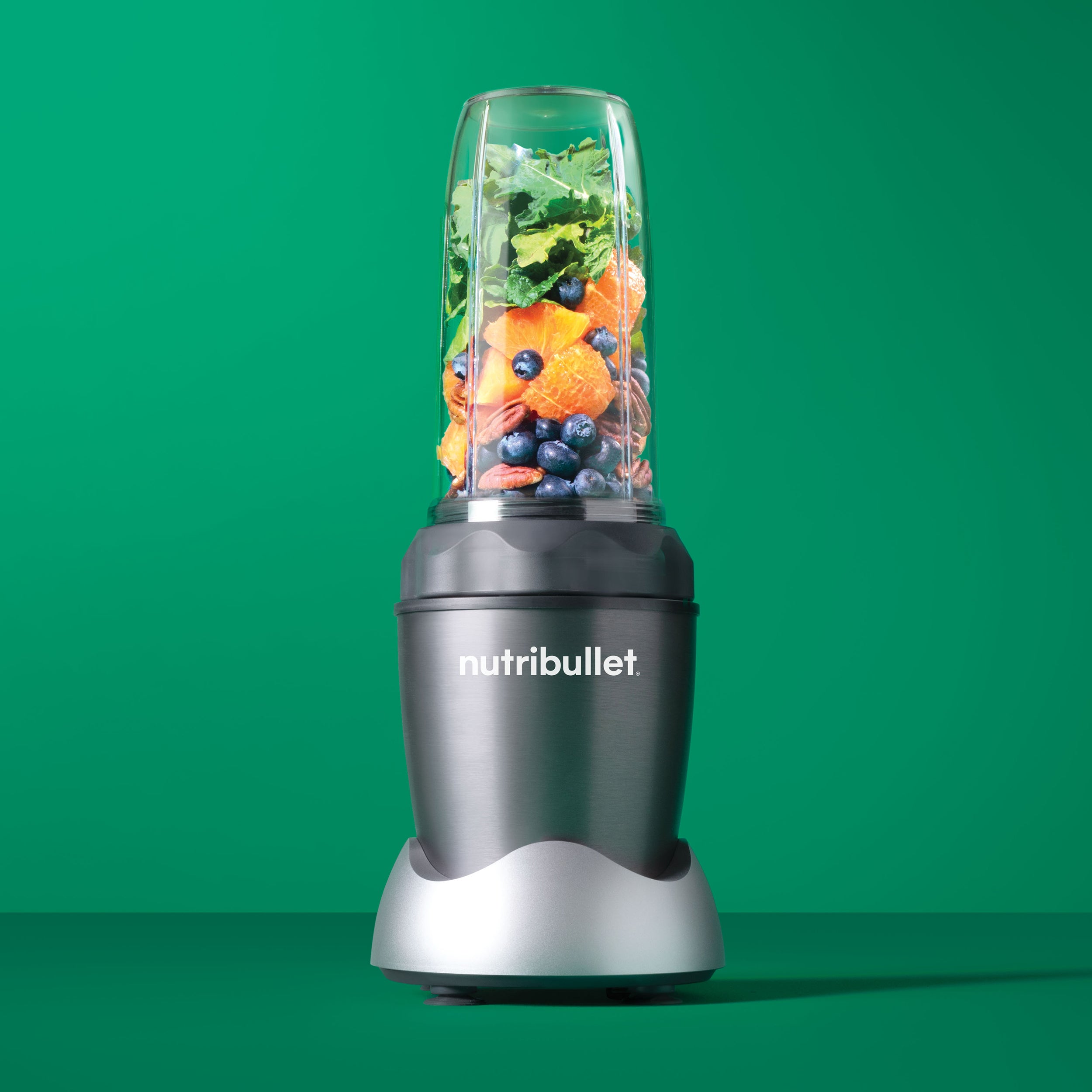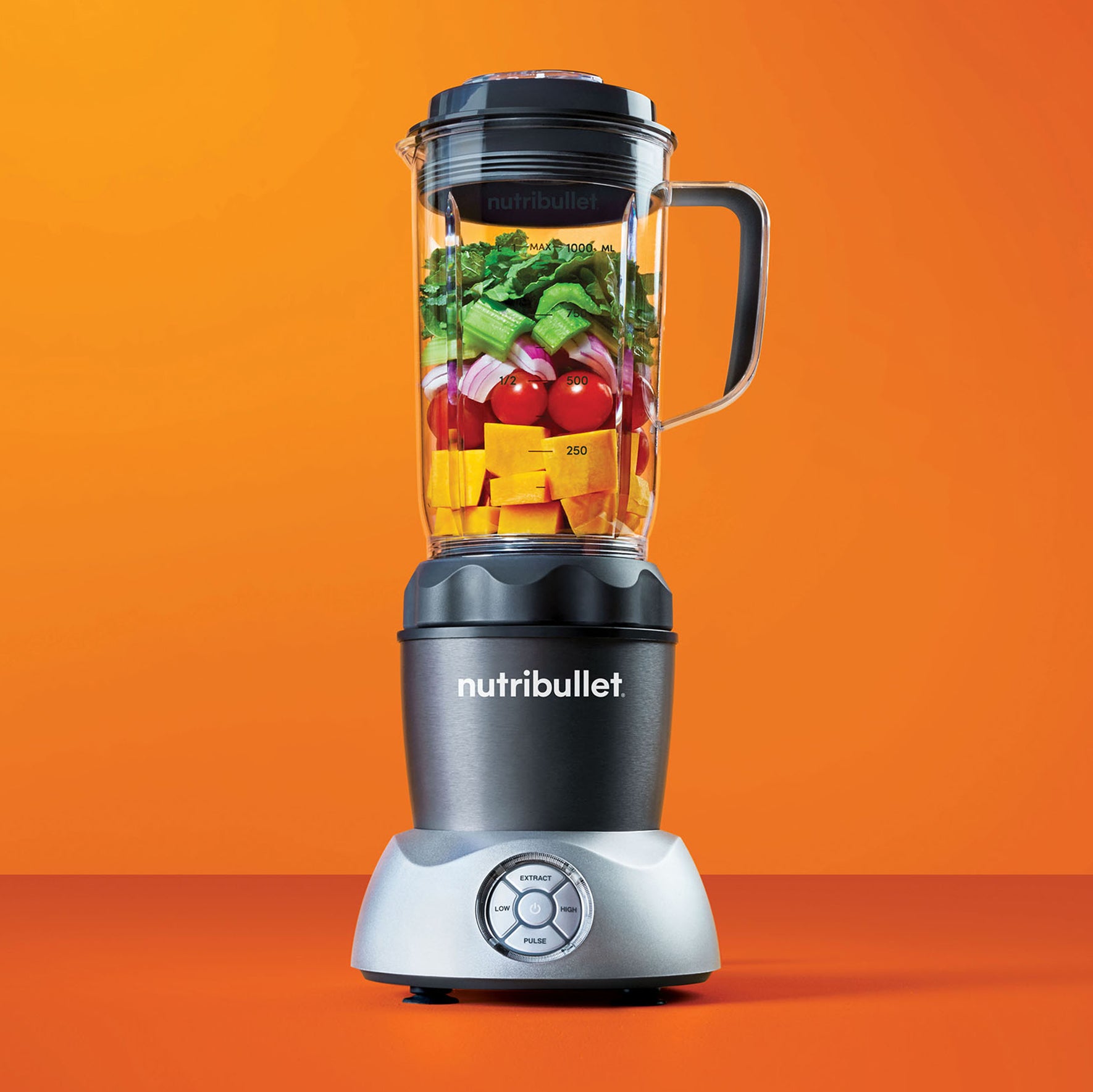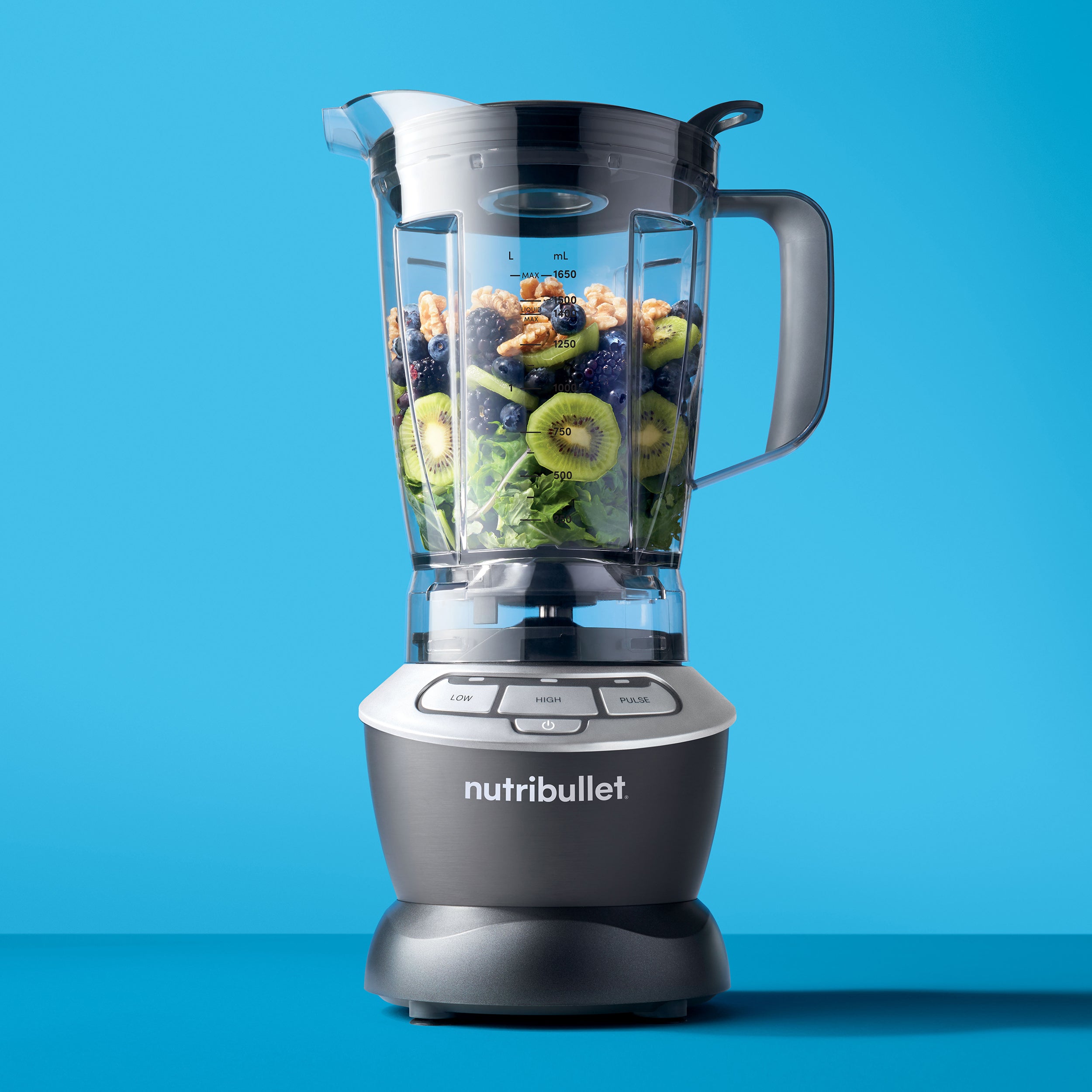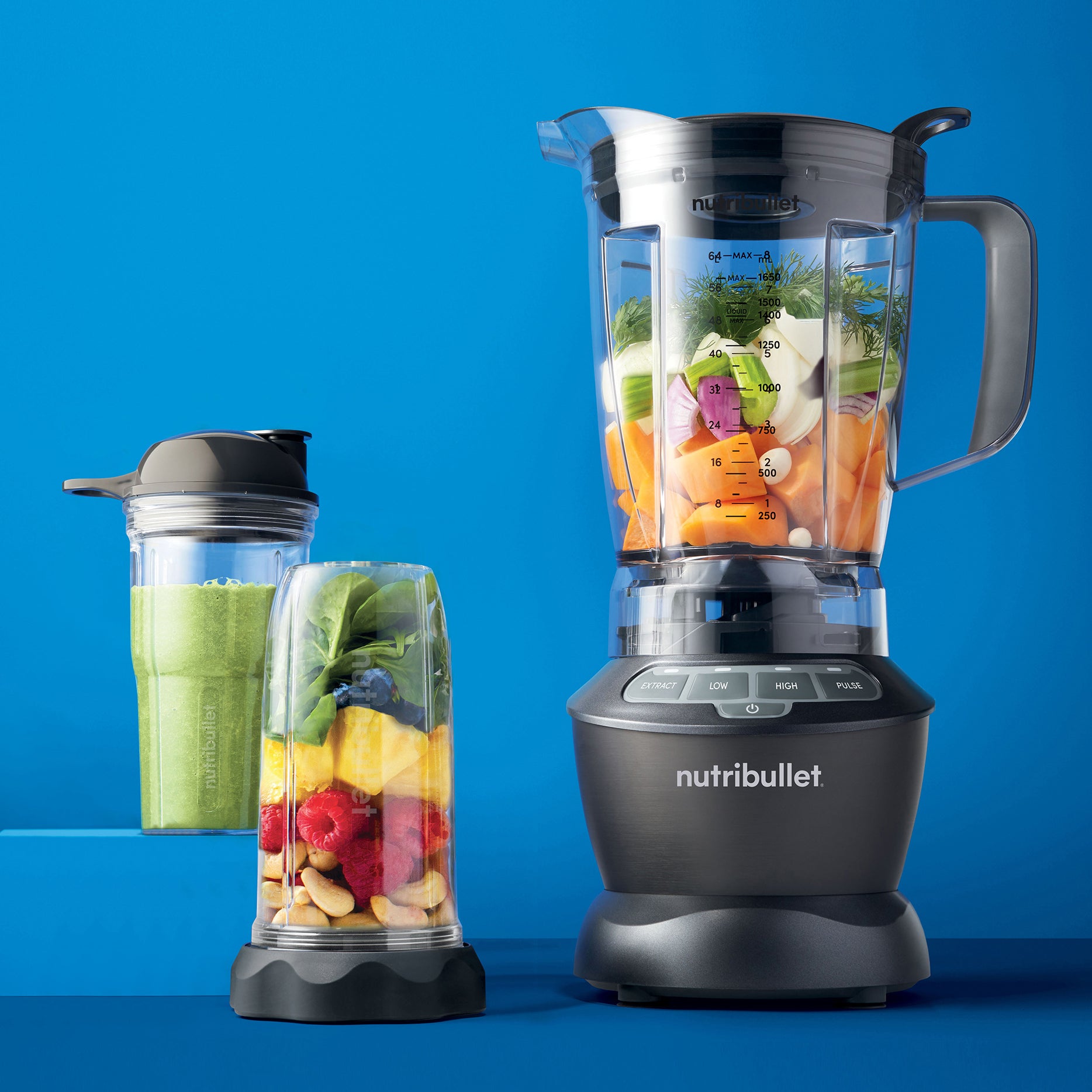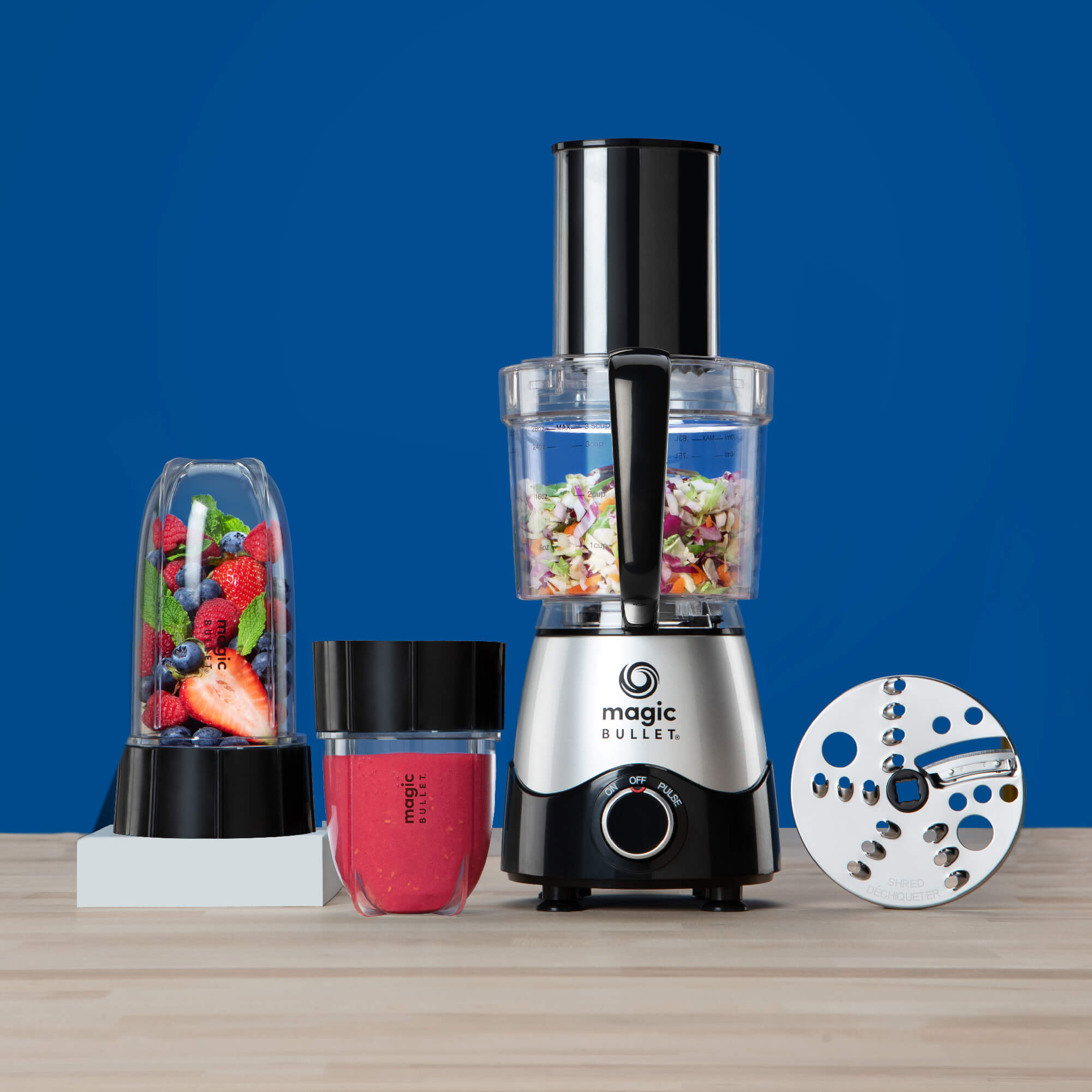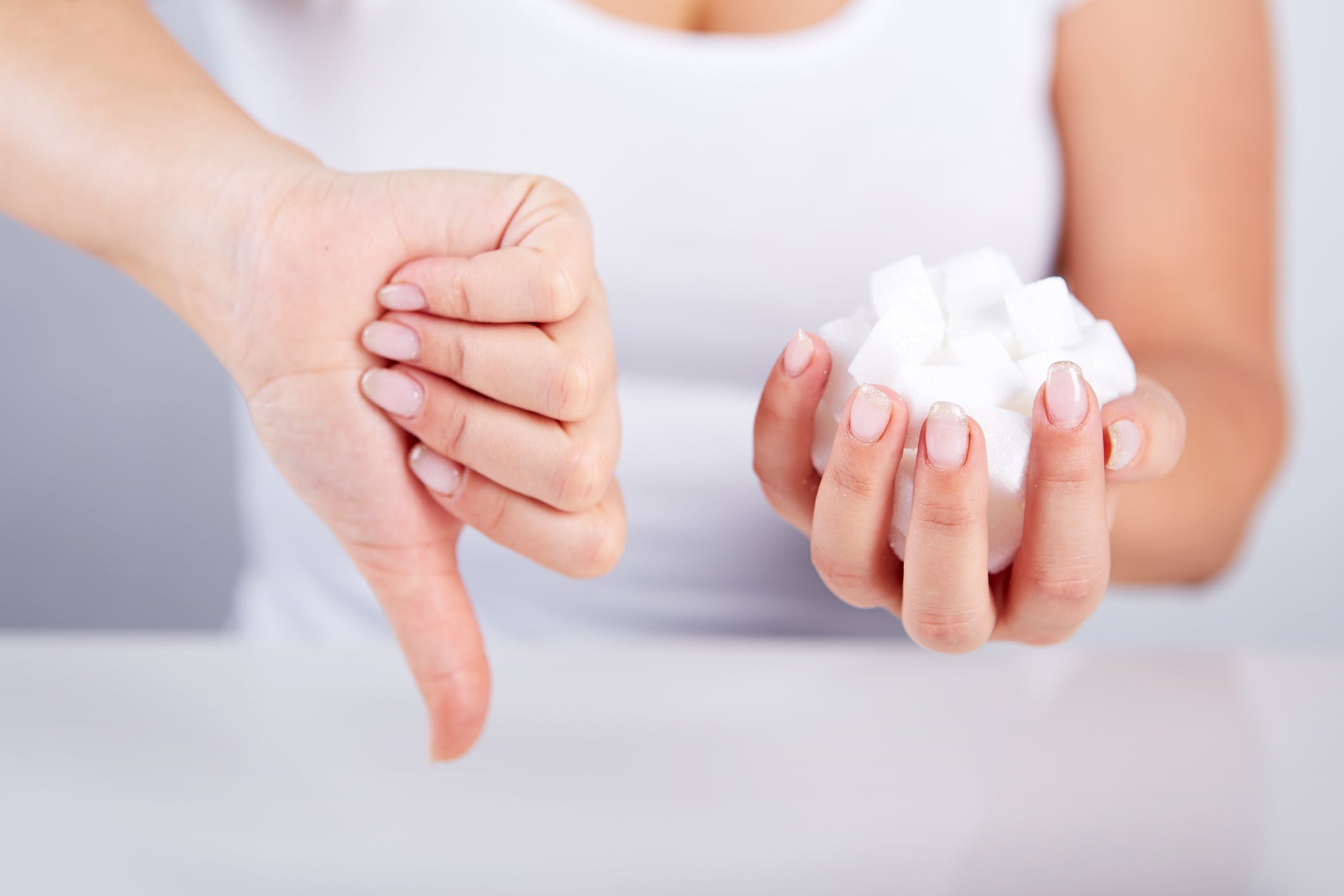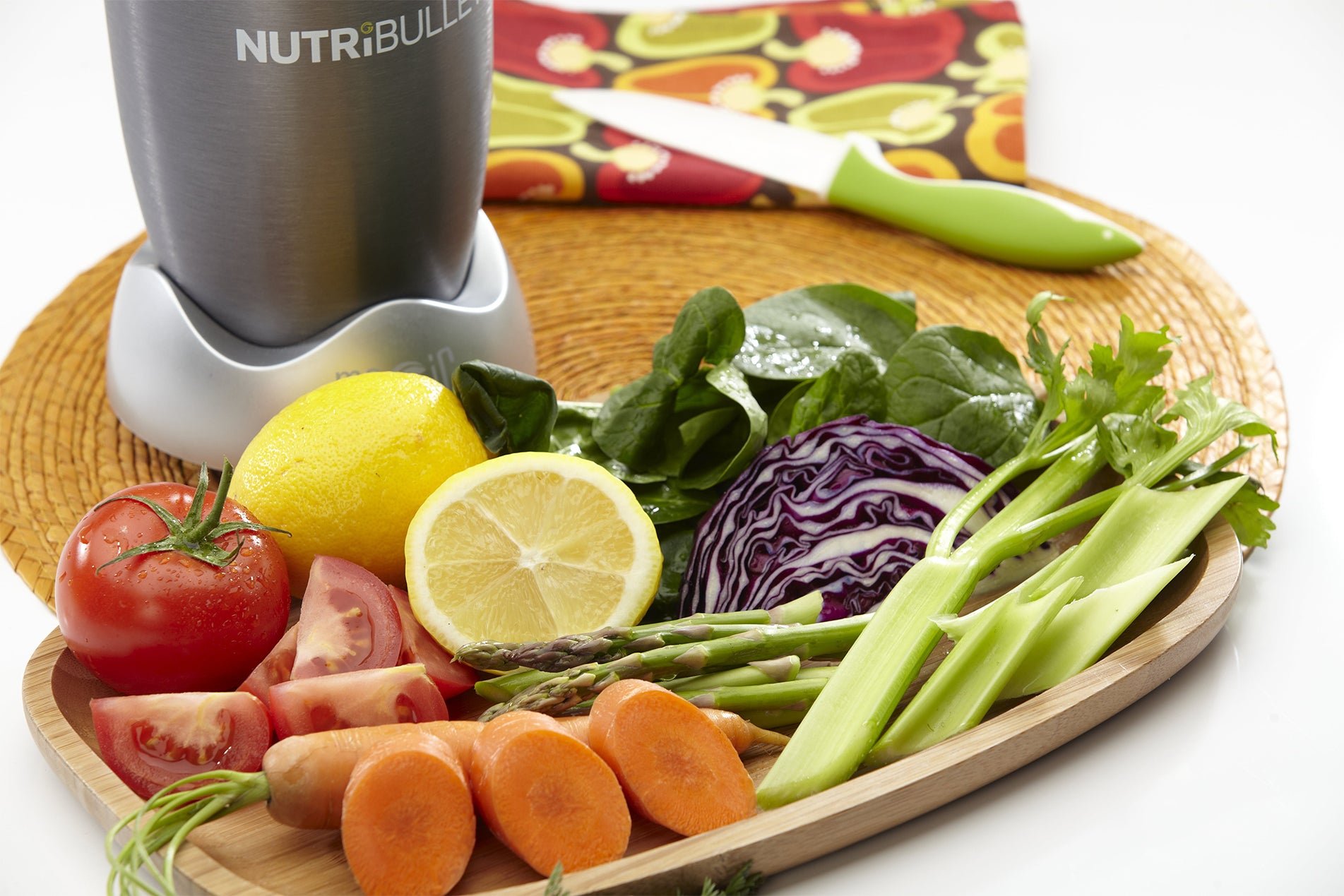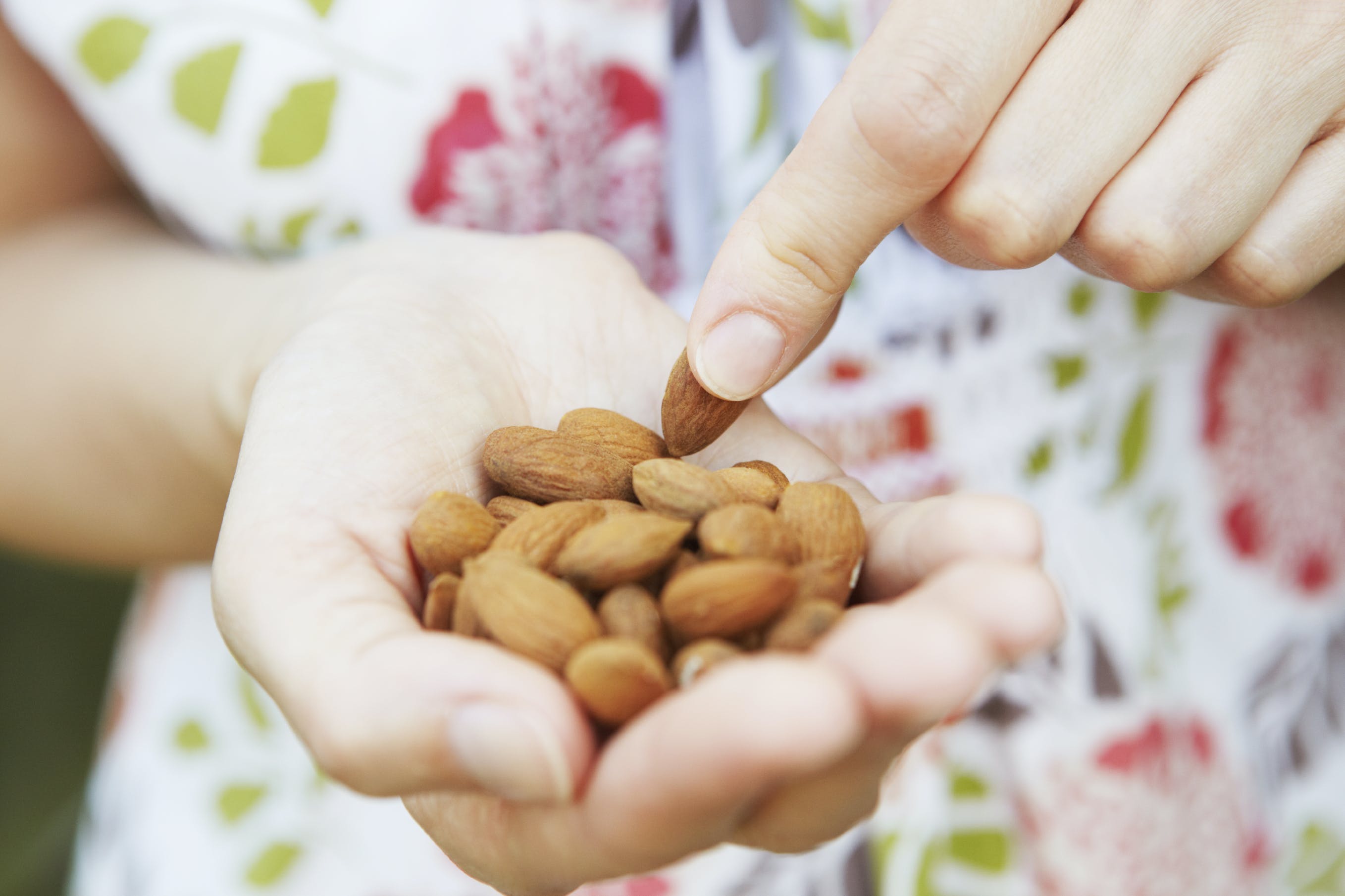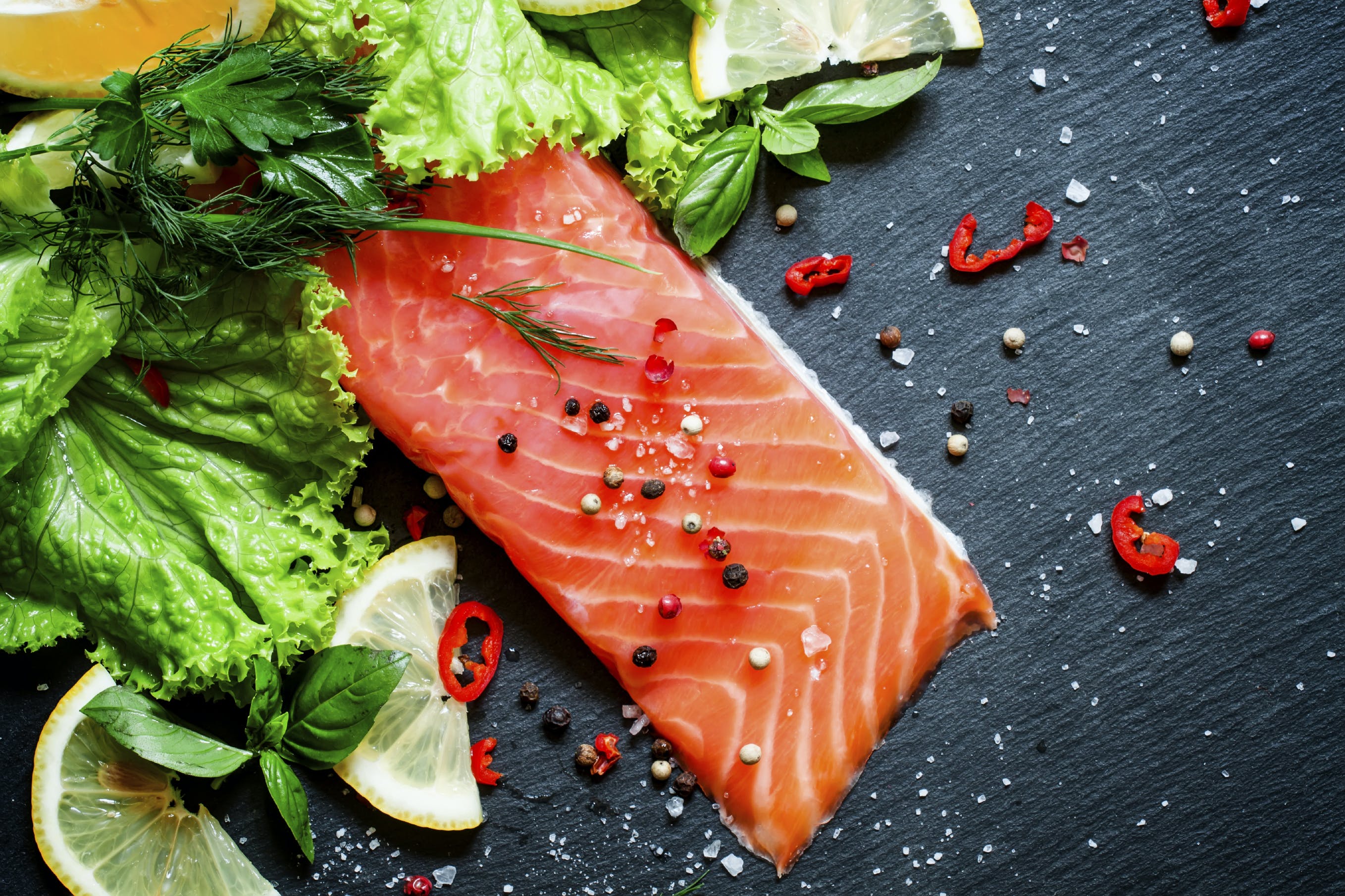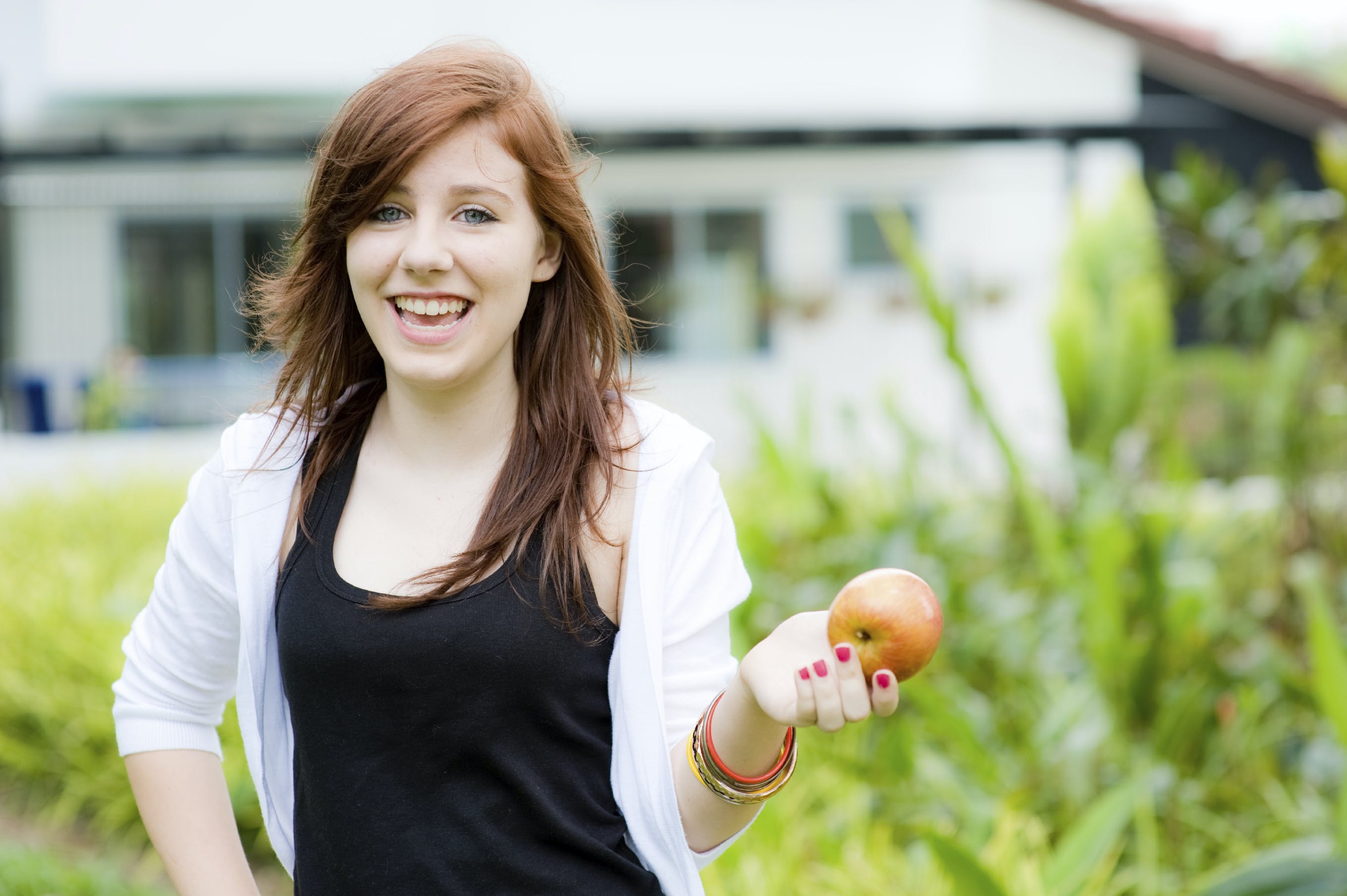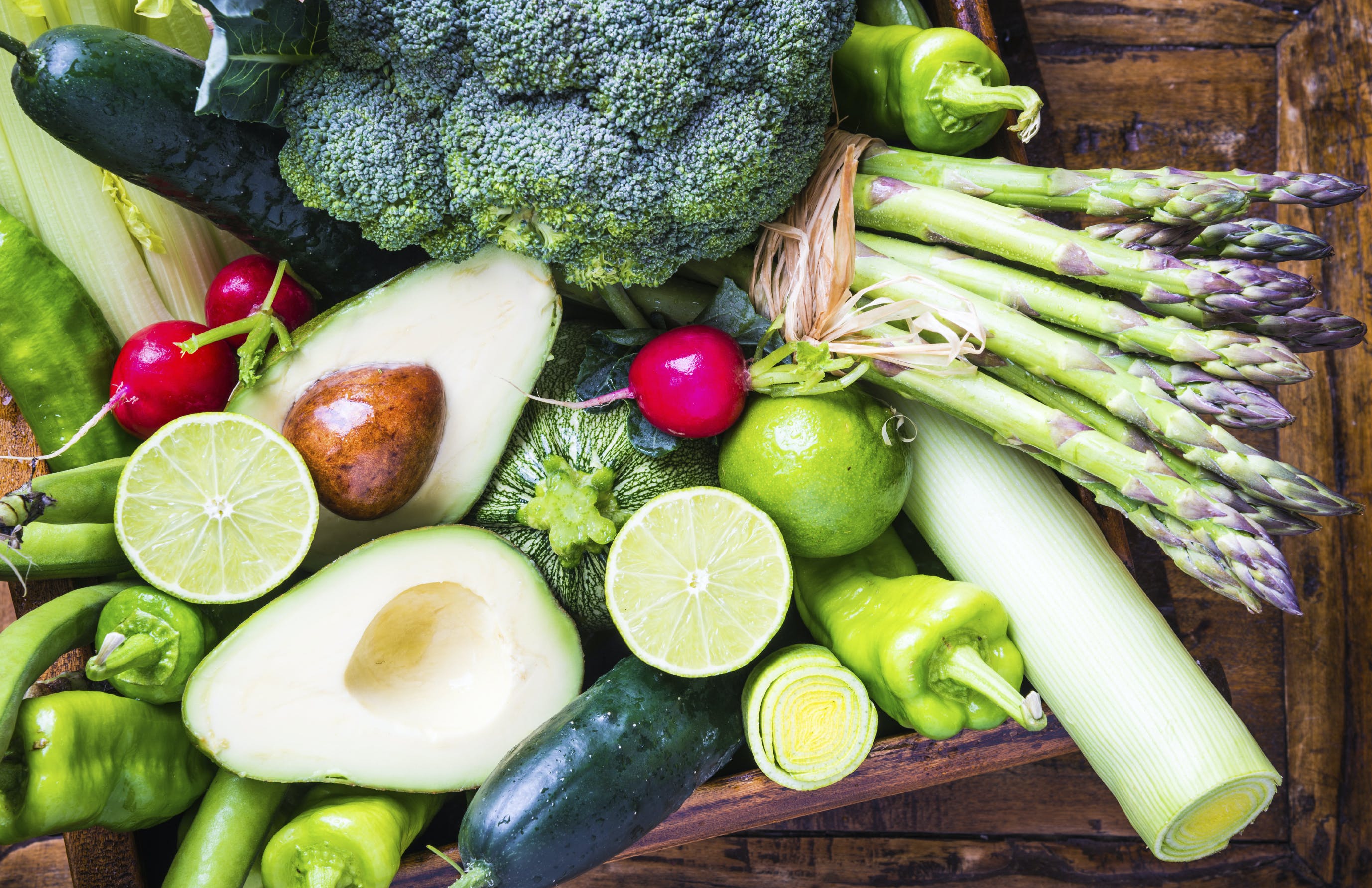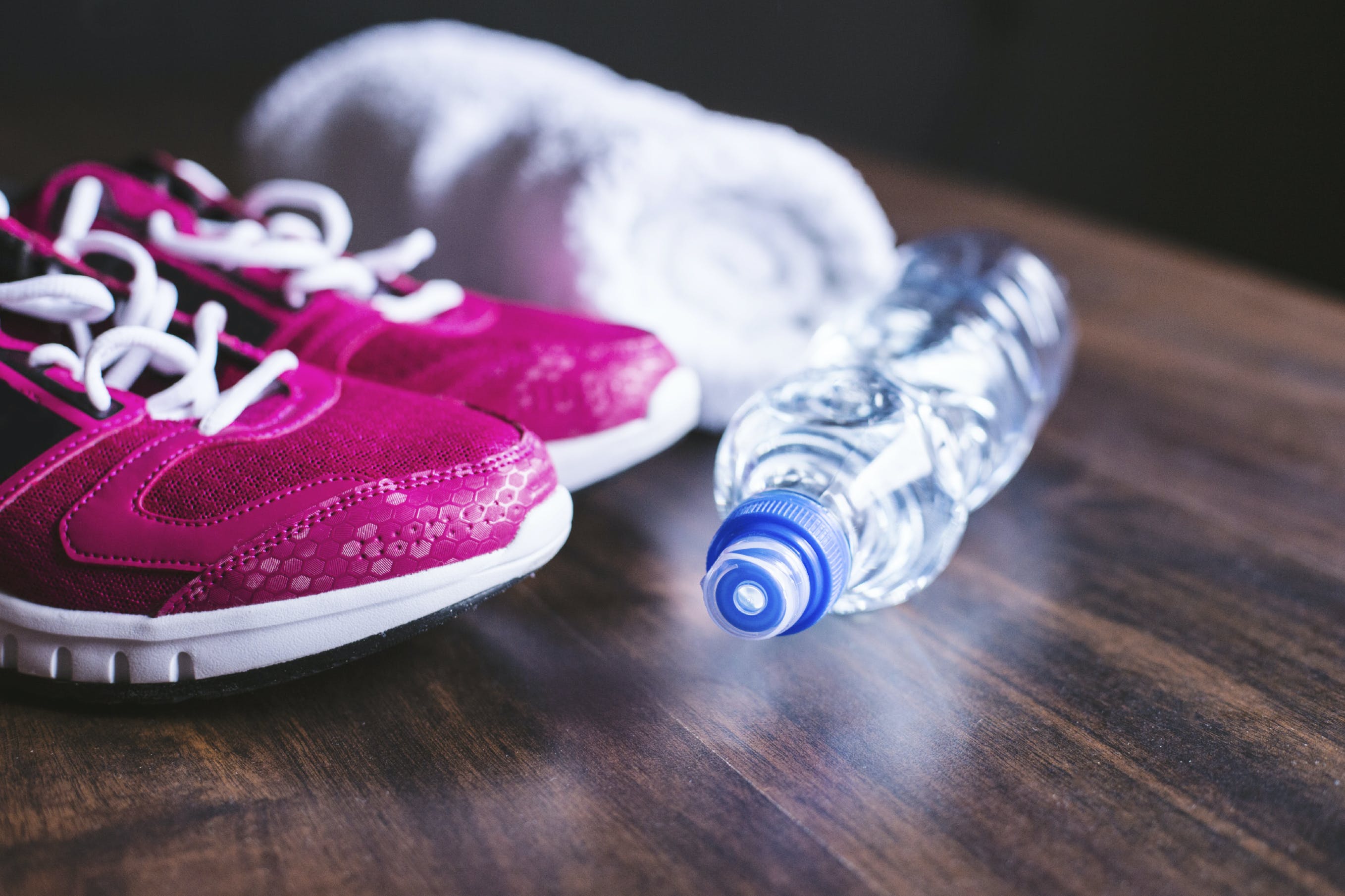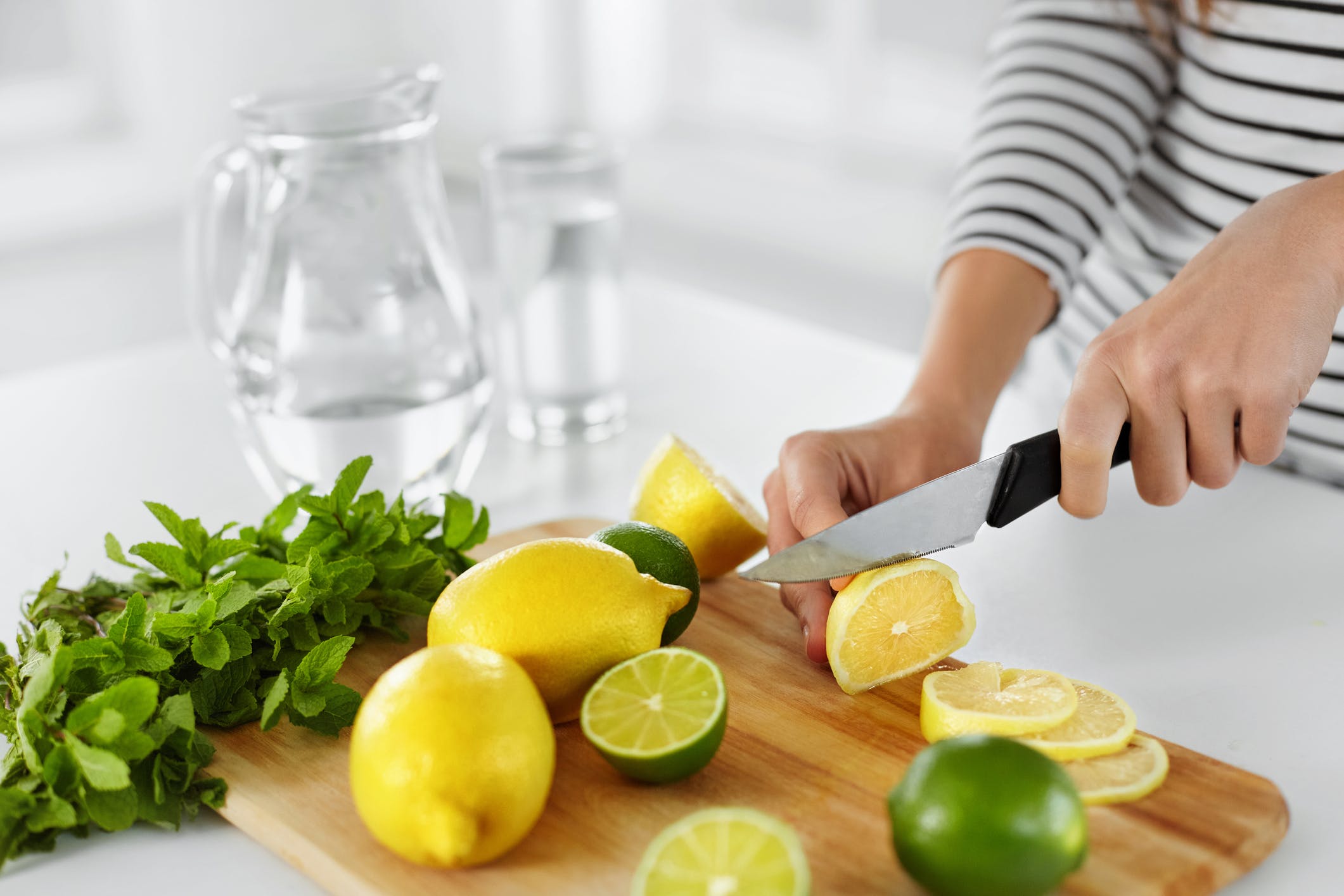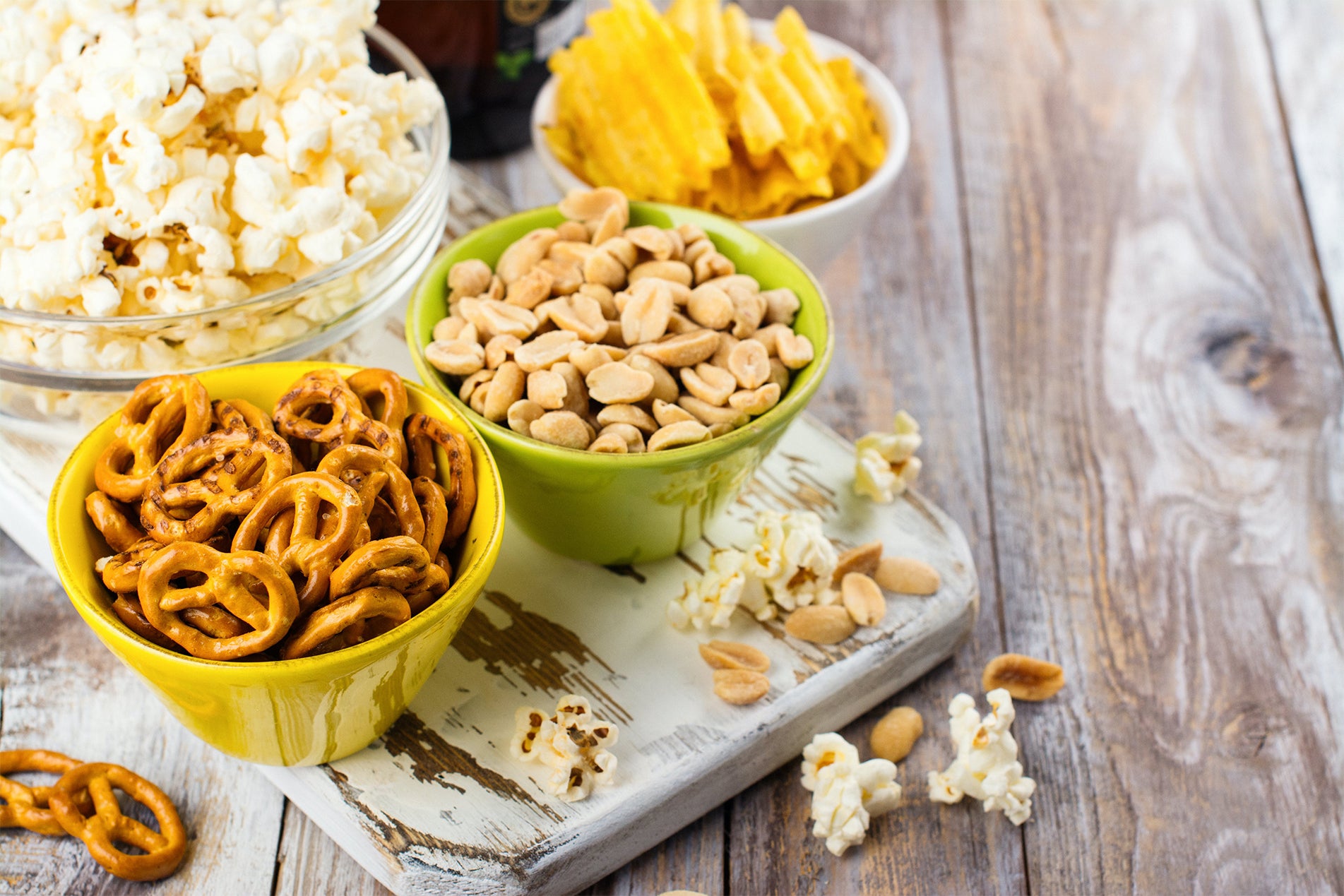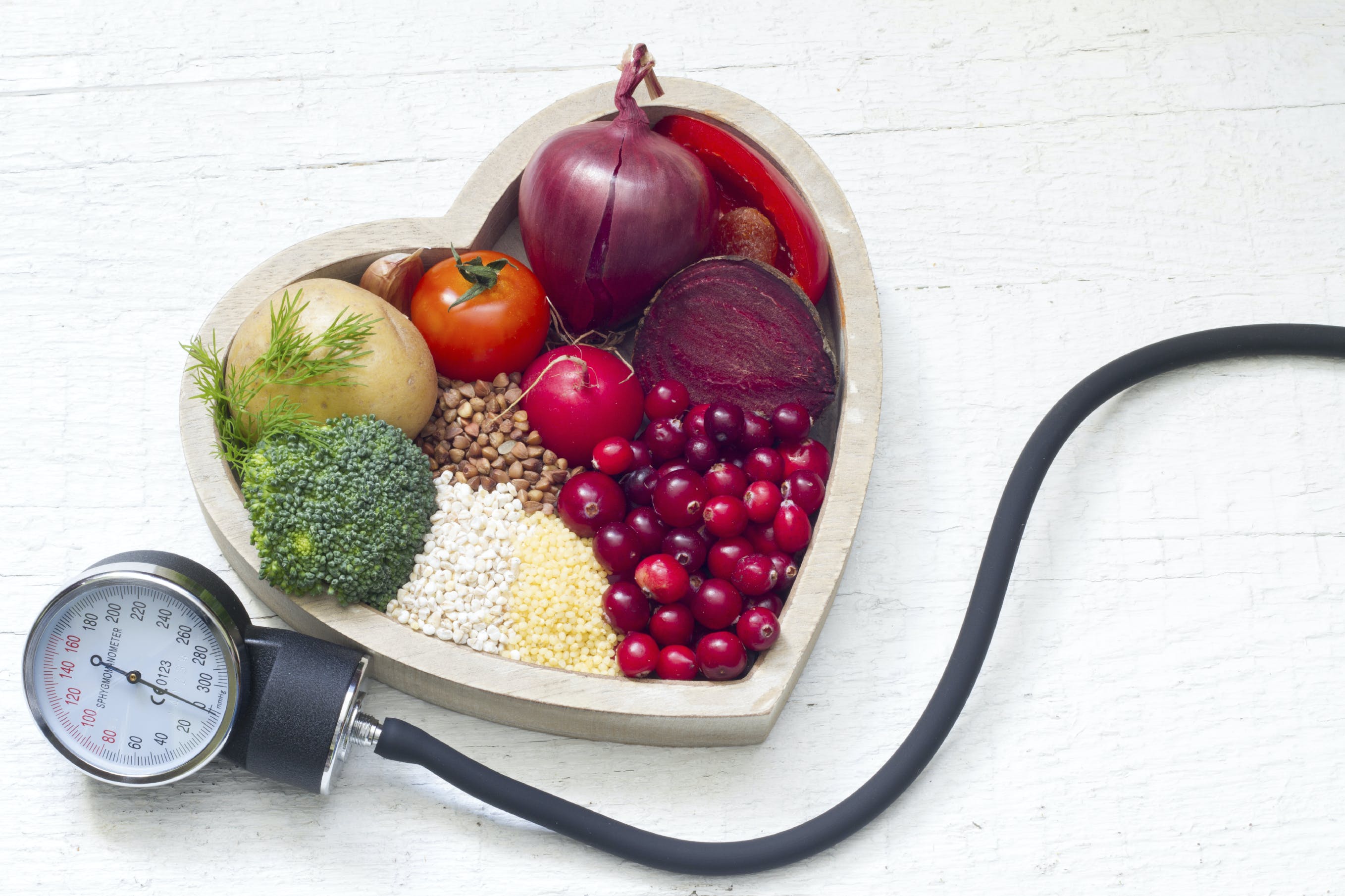Sugar is a drug and there’s a dealer on every corner!
You get a box of scrumptious cookies, and two hours later, you’re sitting alone in a pile of crumbs. Did your willpower fail you? Have you done something wrong? Are you a bad person? No, no and no. Sugar is complex. It interacts with the brain in ways similar to highly addictive drugs. It plays on emotions and tastes so darn good. However, excessive consumption leads to a decrease in overall health and is linked to many chronic lifestyle diseases. Learning to stop sugar cravings starts with an understanding of where they come from. Let’s explore the root cause of sugar addiction and how you can decrease your reliance on it.
What causes sugar cravings?
While a relationship with sugar is complex, there are four areas that lead to the root cause of sugar addiction.
1. Imbalanced Diet
The Standard American Diet (SAD) is rich in carbohydrates. Unhealthy foods, like chips, French fries, pizza, hamburgers, cookies, barbeque sauce, and soda, are staples of the SAD and are quickly turned into sugar in the body. Large amounts of quickly digested carbohydrates increase sugar in the bloodstream, causing a release of insulin. This is generally good news because insulin pulls sugar into the cells to create energy. However, high levels of sugar provide too much energy, so the excess sugar is stored as fat. Once sugar is quickly pulled into cells, the body feels the need for more energy and starts to signal the brain to crave fast-digesting carbohydrates. This is one part of the sugar addiction pathway.
It’s also important to consider the quality of our food. With conventional farming methods, the nutrient content of the soil is not what it used to be. There are many key minerals in vegetables, whole grains, and fruit, but if they’re not present in the soil, they will not be present in these foods. Chromium is an important mineral in insulin pathways, and research shows that it may help people with insulin resistance process carbohydrates more efficiently.
Solution: Eat a balanced diet. Aim to fill ½ of your plate with veggies, ¼ plate with a clean source of lean protein, ½ cup of complex carbohydrates and 1 to 2 tablespoons of high-quality fat. If you experience cravings immediately after you eat, that usually means you’ve consumed insufficient protein or fat and had too much carbohydrates or salt. If your cravings hit in the afternoon time frame, this could indicate insufficient protein. In addition to a balanced diet, some people may benefit from a multivitamin that can help fill in any nutritional gaps in their diets. I work with clients to assess personalized needs for individual nutrients. In some cases, clients who are experiencing insulin sensitivity will be recommended certain products that contain beneficial trace minerals.
2. Fast-Paced Lifestyle
Everything we could ever want or imagine is at our fingertips, which is both exciting and overwhelming. Constant connection means higher expectations of what we can accomplish in work, in our relationships, and on social media. With so much going on, it can be hard to make the time to prepare balanced meals or find the right foods to eat. Leaning on convenience foods, like chips, candy and pre-packaged meals, is an easy solution when hunger hits, but it’s not fueling health in the long run. Convenience foods are filled with empty calories – calories that don’t nourish our bodies, but rather keep us feeling satiated for a short period of time.
Solution: Arm yourself with quality snacks. While you won’t always have time to whip up a snack in your kitchen, having something healthy on hand can ensure that you keep your blood sugar balanced while avoiding foods that spike insulin levels. These are some of my favorites: Epic Bars, Dang Unsweetened Toasted Coconut Chips, Brick Bars, Epic Jerky, and an apple or pear with almond butter.
3. Bacterial Imbalance
If you follow me on social media, read my blog or have met me in person, then you know my obsession with gut health. I don’t think a day goes by where I don’t enthusiastically talk about the gut microbiota and the benefit of healthy bacteria. Well, guess what? An imbalance in good bacteria and bad bacteria, much like an imbalanced diet, can lead to a cycle of sugar cravings. We all have bad bacteria, or yeast, in our bodies. They live there synergistically with the good bacteria. However, bad bacteria are opportunistic and will flourish in response to stress, medications (antibiotics and contraceptives), and an imbalanced diet. Signs that you can have an imbalance in bacteria include sugar cravings, digestive irregularity, reflux, thrush, skin rashes, psoriasis, rosacea, brain fog, fatigue and detoxification problems.
Solution: The most effective way to treat this overgrowth is through diet modification and supplements. Following a balanced diet, eliminating all processed sugar and decreasing fruit intake to two times per day is the best place to start. A functional medicine practitioner can help get you on the right balance of botanicals and enzymes to break down the yeast and bad bacteria and clear them out of your body. When the removal is complete, it’s important to repopulate the gut with healthy bacteria. I like to focus on increasing fermented foods in the diet by including foods like kimchi, sauerkraut, kefir, miso, and yogurt. It’s also extremely important to examine levels of stress in your life. Stress releases cortisol, a hormone that directly impacts digestion. Taking time to breathe deeply, meditate, take a bath, get a massage, sit with your legs up against the wall or color are all simple methods to decrease daily stress.
4. Emotional and Behavioral Attachment
This is probably one of the harder areas of sugar addiction to address. It’s very personal and can manifest in different ways. From an emotional perspective, it’s important to understand that sugar acts in a similar manner as a drug. Neurons in the brain fire in response to sweet, salt and fat intake. When sugar is ingested, it stimulates the release of opioids and dopamine, which creates a fleeting high. The body builds a tolerance and continually needs a larger hit to feel the high, hence a dependency on sugar. We often need that hit when stress levels are high, boredom sets in, or an overall feeling of sadness or depression takes over. Sugar can provide a quick change in our emotions based on the chemical reactions that take place in the brain.
MRI scans show pleasure centers of the brain lighting up more so when they’re given sugar than when given cocaine! Behavior attachments get a little more complex. Some cravings are related to habits that create an expectation for sugar at a certain time. For example, eating sugar after a meal can become more habitual than craving-centered. Sometimes, the anticipation of completing the habit is more powerful than the actual sugar consumed. Social settings or parties are centered on the need to let loose and celebrate, and using sugar as a reward is very common.
Solution: Define your WHY. When you embark on a lifestyle change, it’s very important to identify WHY you want to make this change. Think about this from an internal point of view. How do you want to feel? Why is it time to make this change? How do you want to transform your life? When your answer reflects a deeper emotion (i.e. to feel happy, to feel empowered, to feel whole), there’s a better chance of sticking to the change when the going gets tough. Reminding yourself that you’re making this change because you want to shift your feelings can help you stay on the right path. Retrain your habits. Habits are not something we were born with, they are something we were trained to do. Just like we were taught to ride a bike, we can train ourselves to use something other than sugar as a reward.
Sugar is complex. In order to stop sugar cravings, you must examine your diet, your bacterial balance and your habits. It’s not easy to make lifestyle changes, but awareness is the best place to start. Now that you’re empowered to make these changes, think about the easiest place in your life to get started. Remember that change is slow and can be uncomfortable. Surround yourself with a supportive community, define your WHY and start your journey to stop sugar cravings today!
Nutritional information
Recipe: Creamy Green Strawberry Dream Serving in this recipe:1
- Calories: 236.6
- Total Fat: 3.6 g 5.5%
- Saturated Fat: 0.4 g 1.9%
- Cholesterol: 0 mg 0%
- Sodium: 358.7 mg 14.9%
- Total Carbs: 45.7 g 15.2%
- Dietary Fiber: 9.9 g 39.4%
- Sugar: 22.1 g
- Protein: 8.1 g 16.2%
- Vitamin A: 481.9% Vitamin C: 244.1%
- Calcium: 68.5% Iron: 26.1%
* Percent Daily Values are based on a 2,000 calorie diet. Your daily values may be higher or lower depending on your calorie needs.

